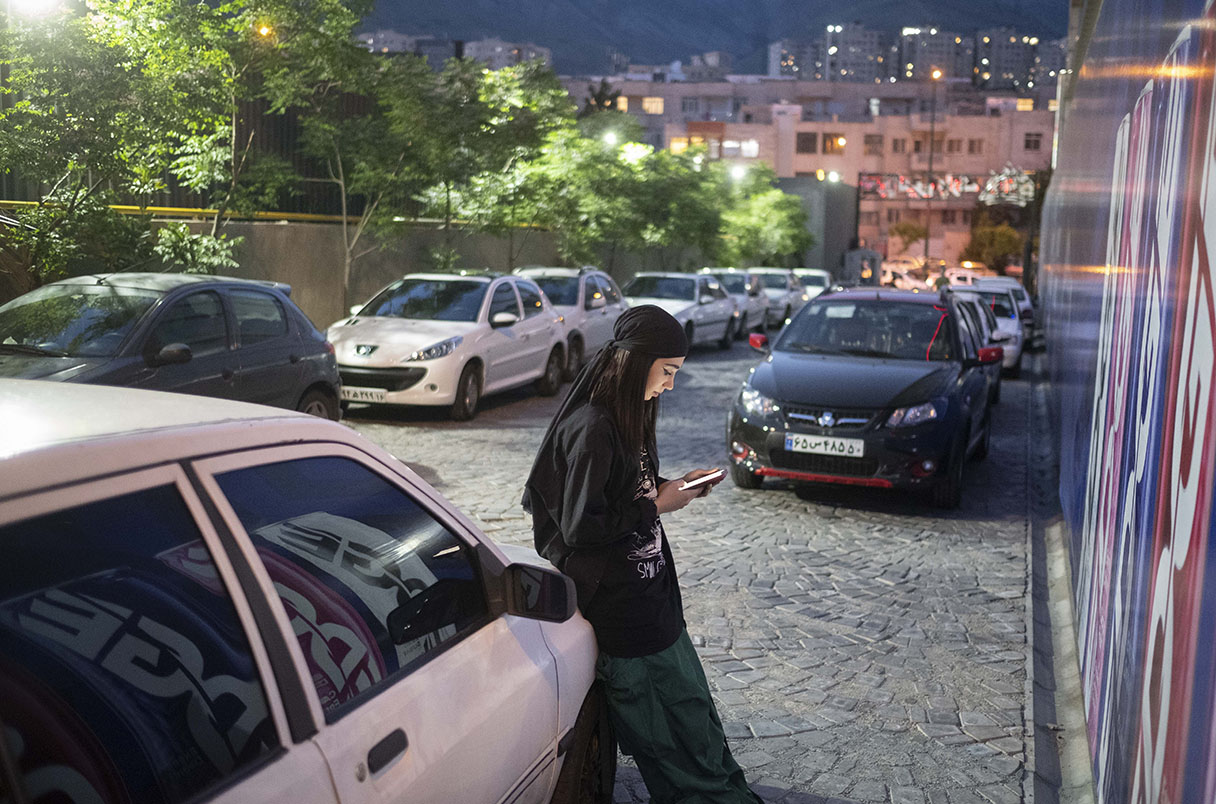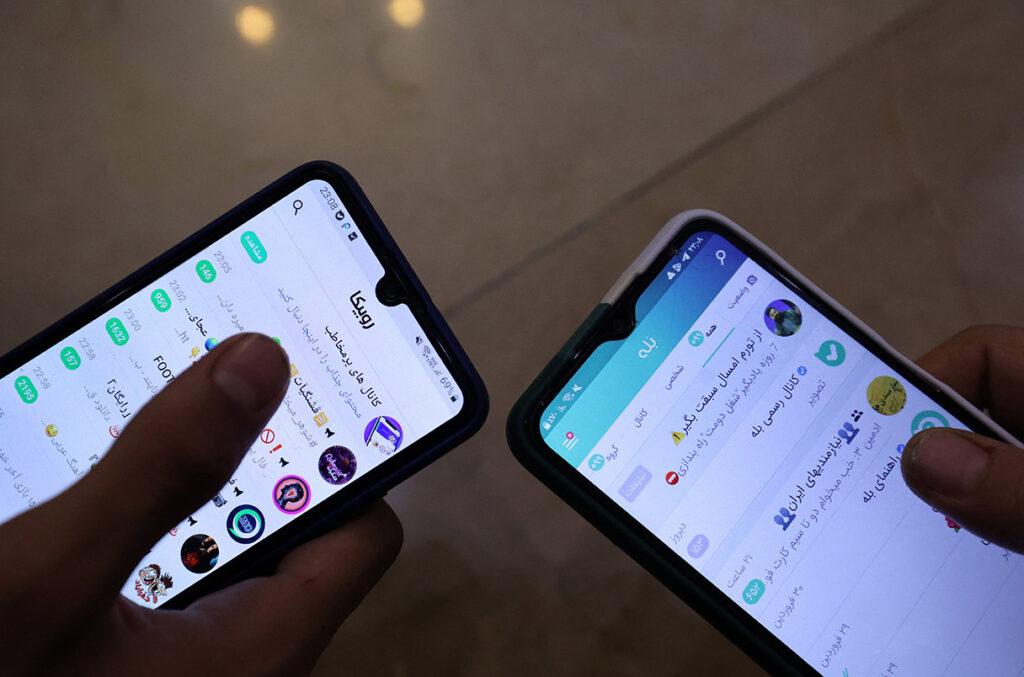Challenges for Iran Researchers
A machine learning specialist based in Silicon Valley initiating a long-distance partnership with two neuroscientists in Tehran, Iran, in an effort to break the isolation imposed on Iranian scientists. The group’s overarching objective is to identify a biomarker for the early diagnosis of Parkinson’s disease by studying the neuronal response to visual stimulation. The U.S.-based computer scientist, who sought anonymity due to family ties in Iran, explained that he would handle the modeling and analysis while collaborating with the Iranian team on research publications.
While being held in jail by Iran’s morality police for allegedly improperly wearing her hijab, 22-year-old Iranian woman Mahsa Jina Amini tragically passed away in September 2022. Her death sparked protests around the country, which led to mass detentions and an internet shutdown that hampered communication both at home and abroad. Consequently, the neuroscience partnership fail, just like so many previous ventures, as the American scientist and others verify.
Growing Censorship of the Internet in Iran
As the first anniversary of Amini’s death approaches, the Iranian government has resumed its efforts to restrict access to the internet. A new National Information Network (NIN) is about to be launched in Iran, cutting off access to the internet for the vast majority of the population. The NIN has been in development for two decades with the goal of “suppressing and controlling the information space in Iran,” as stated by Fereidoon Bashar, executive director of ASL19, a Canadian technology organization helping Iranians gain access to the internet via VPNs and other forms of espionage prevention software. Given the current scenario in Iran and the potential for upheaval, the complete implementation of the NIN is expected shortly, according to an Iranian scientist living in Canada who requested anonymity due to a commitment to return to Iran.
Problems Iran Researchers Have to Deal With
Iranian researchers are already working under difficult conditions, and these additional cyber obstacles just make things worse for them. After Amini’s murder, protests erupted on college campuses, leading to the incarceration of more than 19,000. Among those arrested were hundreds of students and academic members. There were 537 fatalities, according to human rights groups. With student discontent rising, the government ramped up a decade-long effort to remove professors seen as opposition activists. Mercedeh Khajavikhan, an expert in photoelectronics at the University of Southern California and a native of Iran, remarked, “Many people I know there feel very uncomfortable on campus now.”
Ali Sharifi-Zarchi, a prominent figure in bioinformatics and artificial intelligence, is firing from Iran’s prestigious Sharif University of Technology after he supported protesters and criticized the government on social media. This shows that the purges have spread beyond the humanities and social sciences and into the scientific community. Now, even eminent Iranian scientists are now voicing concerns about the potential consequences for Iranian academics. Ali Akbar Salehi, a nuclear physicist at Sharif University and the former head of Iran’s Atomic Energy Organisation, voiced worry that any disturbance may lead to a loss in research, knowledge, and society, and he emphasized the need for skilled faculty members.
Challenges in Iranian Science
Iranian science is already grappling with challenges. It’s including two decades of international sanctions and a rapidly depreciating currency that stifled the import of research supplies and equipment, halting experiments. These sanctions led many European and U.S. scientific publications to block access to their servers to Iranian researchers. The Majlis Research Centre found evidence of pervasive plagiarism in over half of the 750,000 master’s and Ph.D. theses and dissertations it studied over a four-year period, suggesting that this isolation contributes to a culture of plagiarism on many campuses.
Many Iranian scientists fear they have no future in their home country due to the current political climate. This loss of talent may be exacerbated by the upcoming NIN. The NIN is formerly bill as a multibillion-dollar effort to create a pan-Islamic network devoid of Western influence. However, it has now devolved into a private intranet comparable to North Korea’s Kwangmyong, which is cut off from the rest of the internet. The NIN’s infrastructure and monitoring algorithms are thought to have been developed with substantial participation from China, making it difficult to derail the project. The NIN is expected to be finished by Iranian officials no later than the spring of 2024.
The Effect of NIN on Tracking and Access
The NIN is expected to provide tiered access, with most Iranians having access only to the NIN. However, certain people, such as public servants and university researchers, will have more extensive access thanks to government-issued virtual private networks (VPNs). According to reports, Iran’s science minister Mohammad Ali Zolfigol has asked colleges to develop names of professors who would be granted special access.
According to Arturo Filast of the Open Observatory of Network Interference, a group that tracks internet censorship, VPN users will be able to circumvent the NIN, but they will still be subject to government monitoring. People’s online habits and preferences may change as a result of this tracking.
The Contracting Arena for Iranian Researchers
As Iran continues to put up a digital iron curtain that makes working with Western researchers more difficult, it urges its scientists to forge greater relationships with China and Russia. Many Iranian scientists, however, see a smaller globe and dwindling opportunities, and this provides little solace to them.

